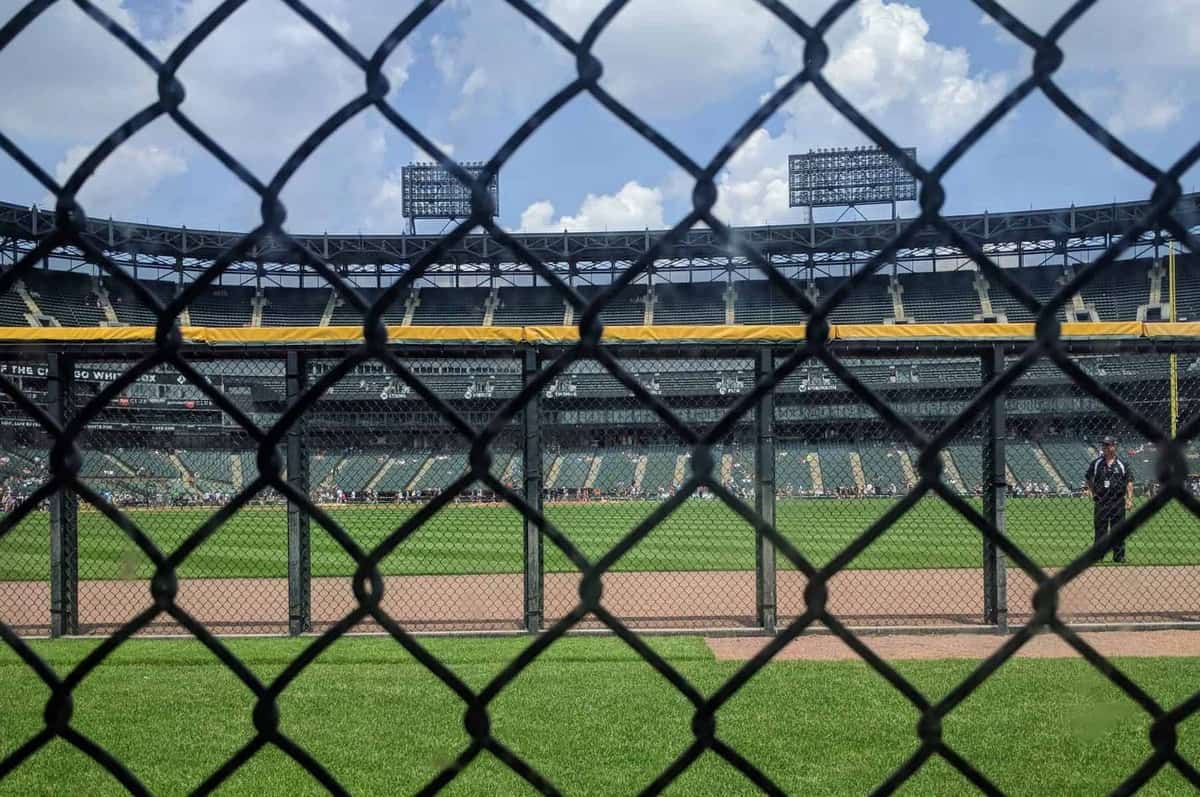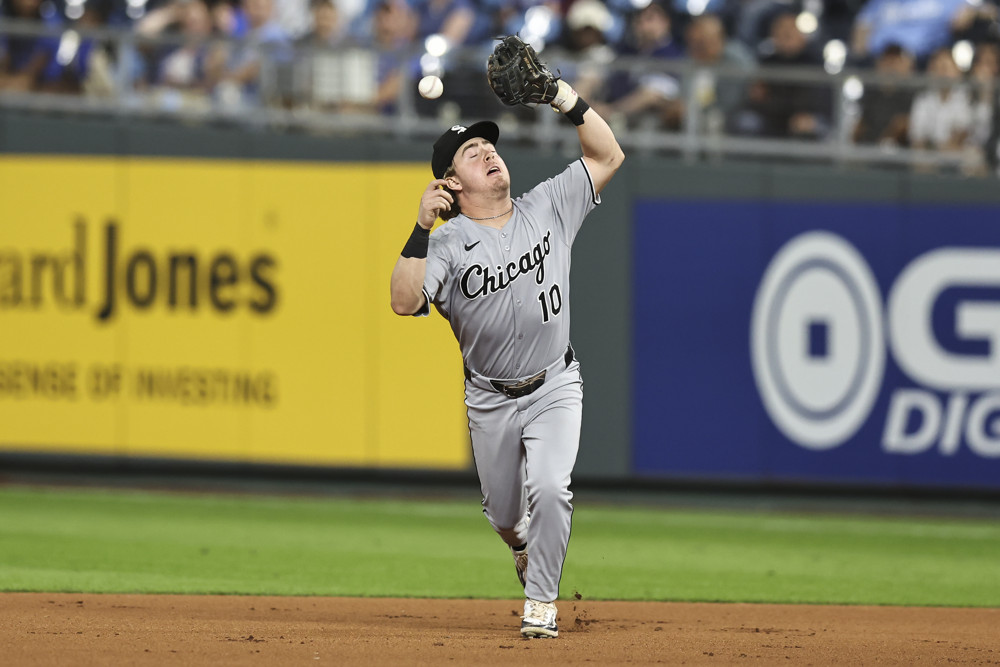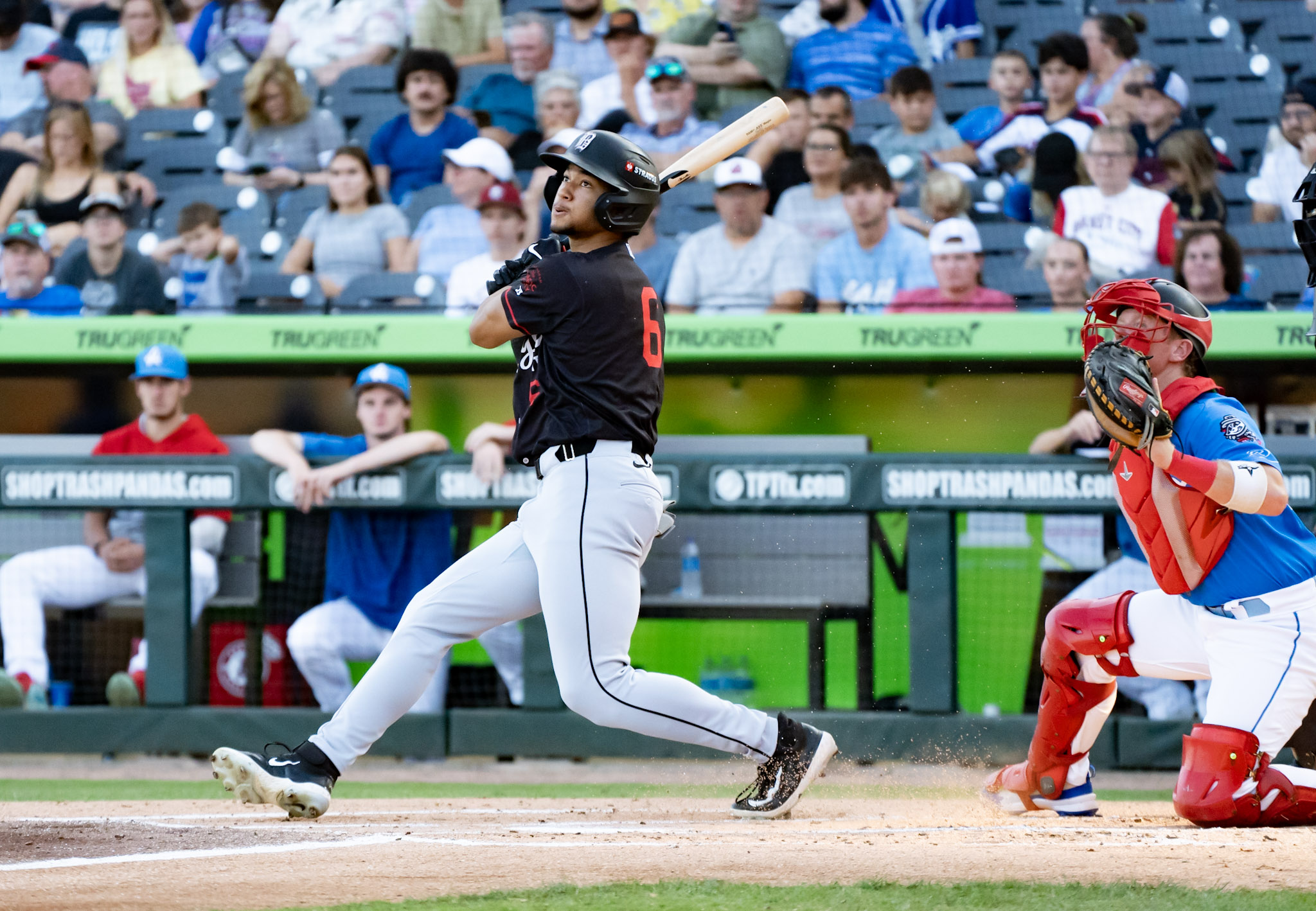As the trade deadline drifts over the horizon in the rear-view mirror, we're settling into the new normal, where the White Sox get swept in businesslike fashion by superior teams while the Birmingham Barons finally give Curt Bloom some real, live action to call.
Setting aside the last 10 days from the last 10 years, Rick Hahn and Kenny Williams fared well at the trade deadline, using expiring contracts and redundancy to address some positions of dire need in the farm system.
If you use the hastily updated MLB Pipeline list, then the White Sox added four new top-10 prosepcts, and another in the top 15.
- Colson Montgomery
- Edgar Quero
- Noah Schultz
- Jake Eder
- Nick Nastrini
- Bryan Ramos
- Ky Bush
- Sean Burke
- José Rodríguez
- Cristian Mena
- Lenyn Sosa
- Peyton Pallette
- Jonathan Cannon
- Korey Lee
- Ryan Burrowes
If you go by FanGraphs' Future Value rankings, then the White Sox added three new 50 guys (Lee, Quero, Eder) to join Bryan Ramos, their first 45+ FV in Nastrini, and then Bush's 40 FV fits in the 11-18 range. You only need to see Noah Schultz frozen at his preseason 45 FV to understand the limitations of this exercise, but it still helps to see how the White Sox filled out their farm system a little bit. Mena went from being the most interesting high-minors arm by default to, what, third or fourth? That's a far healthier situation.
The White Sox did not trade Dylan Cease, and while Hahn has the tendency to shy away from any deal involving a core piece, no team pulled off a real haul. Prospects were dealt one-for-one, whether Edgar Quero for Lucas Giolito, Drew Gilbert for Justin Verlander, Luisangel Acuña for Max Scherzer, or Kyle Manzardo for Aaron Civale.
It's weird that the White Sox traded seven players and it felt like they didn't do enough, just like they opened May by making 11 roster moves in one press release, and that failed to address the scope of their problems. In both cases, the sheer quantity involved says so much. In this case, they had seven players that other teams wanted on their own teams, and yet the Sox were nowhere close to building a functioning roster themselves
If Jerry Reinsdorf could finally accept that the Williams/Hahn dynamic has run its course, these moves could allow them to leave on a high note. "He had some strengths," we could say. "They had some moments." Perhaps the next administration could leave Sox fans longing for Williams or Hahn in some unexpected way. It's unlikely, but it happens.
But as long as Reinsdorf fails to provide proof that he cares about how the White Sox fare, everybody's left to maintain their guard.
Since the White Sox no longer make recordings of Hahn's conferences available in their entirety, we're at the mercy of reporters and columnists who chose quotes that stood out to them.
Chris De Luca of the Sun-Times wrote a scathing column accusing Hahn of going through the motions.
This has become a comfort zone for Rick Hahn. Another disappointing season comes crashing down around the White Sox, and the veteran general manager shrugs it off nonchalantly. He coolly tells us what we want to hear as his sleight of hand kicks into gear.
Hahn’s post-trade deadline Zoom news conference Tuesday was barely seconds old, and there he was, giggling as he prepared to enter another breezy session with reporters that has become the norm.
Sox fans are irate, and Hahn is giggling?
Setting aside the Joker overtones -- "The franchise is in critical condition and you're laughing?" -- Hahn's sense of humor often masked how little he had to say even in happier times, and it bought him a lot of goodwill. It doesn't work now, but watching Pedro Grifol suffer with him -- but without the ability to talk about anything else besides the terrible baseball -- shows why he does it.
Jon Greenberg reached the same conclusion with more resignation, but he singled out a passage where Hahn redirected some of the blame to anonymous White Sox, or former White Sox.
The White Sox also made it easy on Hahn to sell with the way they’ve played all season. The most interesting thing Hahn said Tuesday had to do with the team’s culture, an amorphous word we use to talk about why a team is winning or losing. He definitely pointed some fingers, anonymously at least.
“There’s been some disappointments along the way to in terms of how some people have behaved and acted and reacted to the adversity here,” he said. “And that factors in when you’re trying to build a positive winning culture. And going forward, that’s going to be part of the evaluation, guys who have each other’s backs, guys who work toward winning as a team, guys who put the team above personal interests.”
And suddenly this note by Joel Sherman makes a lot more White Sox Sense (not redeemable for actual sense):
The first rebuild stalled because the White Sox shifted from adding decent players to adding leaders, and because the Sox never pass up a chance to make the same mistake thrice, you can't discount that the Hahn and Williams would throw themselves down the rabbit hole of trying to prop up Grifol with intangibles no matter the cost.
If Jerry Reinsdorf had standards, Hahn might fear mentioning the environment because the White Sox have had more cultural resets (three) than postseason wins (two) over the last 12 years, which would indicate an inability to establish an ethos. Without any proof that accountability exists, we're left to watch Reverend Lovejoy try to play "The Entertainer" for an entire decade.
Meanwhile, the White Sox just traded international slot money for two rookie-ball pitchers because the Sox still haven't learned how to spend it all. I can't understate how nice it would be to follow a front office's actions without a haunting sense of déjá vu, because even their small moves point at the organization's largest problems.





